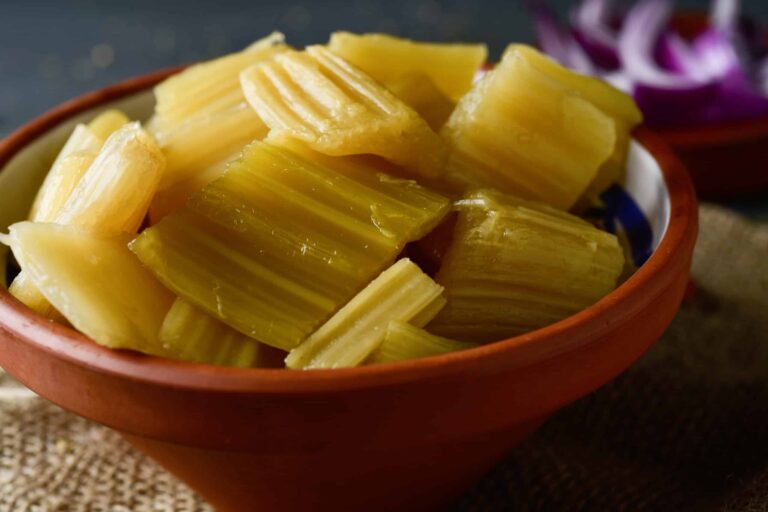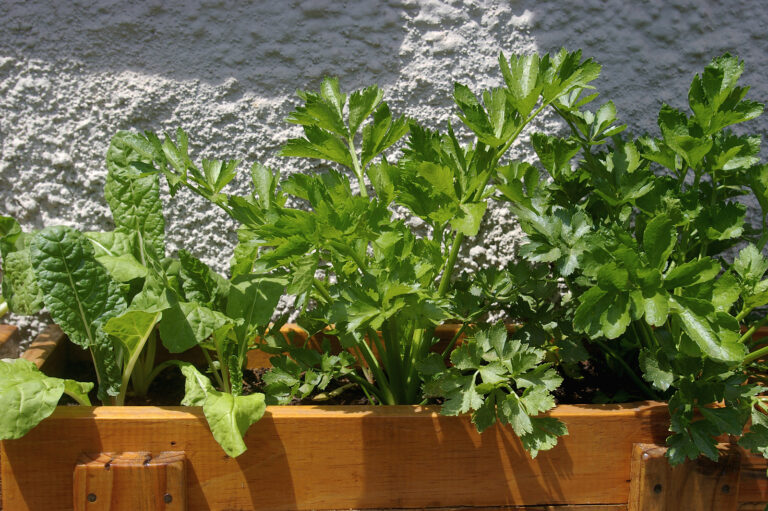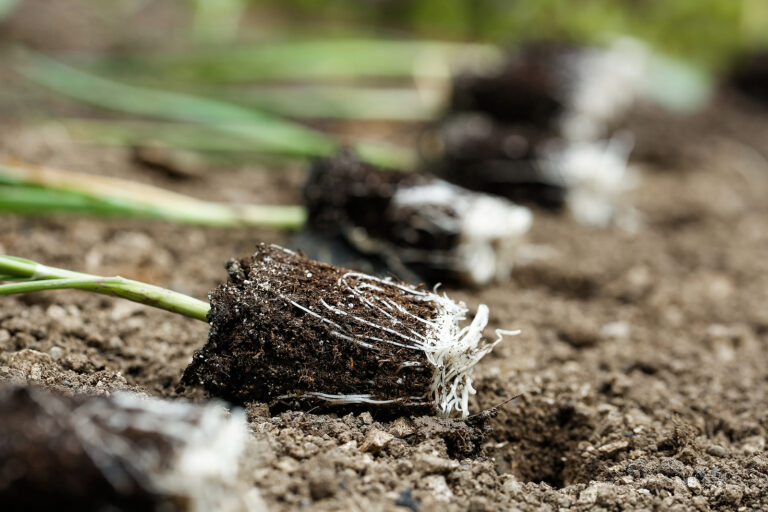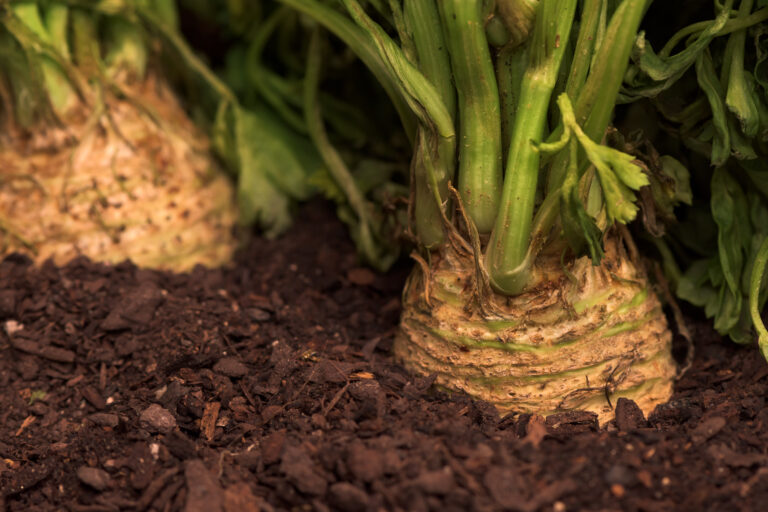How to Start Florence Fennel From Seed
Starting Florence fennel from seed is the best way to grow strong, flavorful bulbs. Unlike heading vegetables such as cabbage, fennel doesn’t like transplant shock—and in my experience growing it for many seasons in Sonoma Valley, seedlings that sprout right where they’ll mature almost always produce the fullest, sweetest bulbs. Still, transplants can work with careful handling. This guide walks you through how to sow fennel indoors or outdoors for strong germination and healthy early growth.
Know Fennel’s Seed Starting Preferences
Florence fennel prefers cool conditions and light soil coverage. The key to good germination is even moisture and moderate temperatures—too cold, and seeds stall; too hot, and germination drops quickly.
Ideal Germination Conditions:
- Soil temperature: 60–70°F
- Time to sprout: 7–14 days
- Light needs: Full sun after emergence
My Insight:
When temperatures climb above 75°F, fennel seeds germinate poorly. In late-summer sowings, I often cool the soil with a light watering and shaded row cover for the first 3–5 days.
How to Sow Flourence Fennel Outdoors
Direct sowing is ideal because Florence fennel dislikes root disturbance.
Steps for Outdoor Sowing:
- Prepare a loose, well-drained bed with 1–2 inches of finished compost worked into the top 8 inches.
- Sow seeds ¼ inch deep—shallow sowing helps seedlings push through easily.
- Space seeds 3–4 inches apart in rows 12–18 inches wide.
- Keep soil evenly moist until seedlings establish.
- Once plants reach 2–3 inches tall, thin to 8–10 inches apart for full-size bulbs.
Why thinning matters:
Crowded plants form narrow or elongated bulbs. Thinning early gives each plant room to widen naturally.
Starting Fennel Indoors (If Needed)
Indoor sowing can help you time spring transplants or avoid hot weather during germination. But you must transplant very gently.
Indoor Sowing Tips:
- Use cell trays or soil blocks—never large shared containers.
- Sow seeds ¼ inch deep in a light, airy mix.
- Provide bright light or full sun for 12–14 hours daily.
- Keep seedlings cool: 55–65°F is ideal.
Transplanting Successfully:
- Transplant when seedlings are 2–3 inches tall, before roots bind.
- Plant outdoors at the same depth they grew indoors.
- Water immediately after transplanting to settle roots.
- Avoid disturbing the taproot—this is the main cause of bolting in transplanted fennel.
My Insight:
Over many seasons, I’ve found transplants work best for fall crops. Spring transplants often grow unevenly because warming weather accelerates stress.
Watering and Early Care
Young fennel seedlings need consistent soil moisture—not soggy, not dry.
Best Practices:
- Use a fine spray or drip irrigation for gentle watering.
- Water lightly once or twice a day during germination if the surface dries fast.
- Reduce watering once seedlings have two true leaves.
Mulch lightly once seedlings are 3–4 inches tall to keep soil cool and slow evaporation.
Common Germination Problems
If seeds fail to sprout, the cause is often one of these:
- Soil too warm
- Soil too dry after sowing
- Seeds buried too deep
- Old or low–viability seed
- Heavy soil crusting on the surface
Using a thin layer of sifted compost or fine potting mix over the seed row improves emergence dramatically.
Final Seed-Starting Tip
Use fresh seed each season. Florence fennel seed loses germination power quickly, and using old seed is one of the most common reasons new growers struggle. With the right soil prep, shallow sowing, and steady cool-weather care, fennel becomes a dependable and rewarding crop from seed to harvest.






